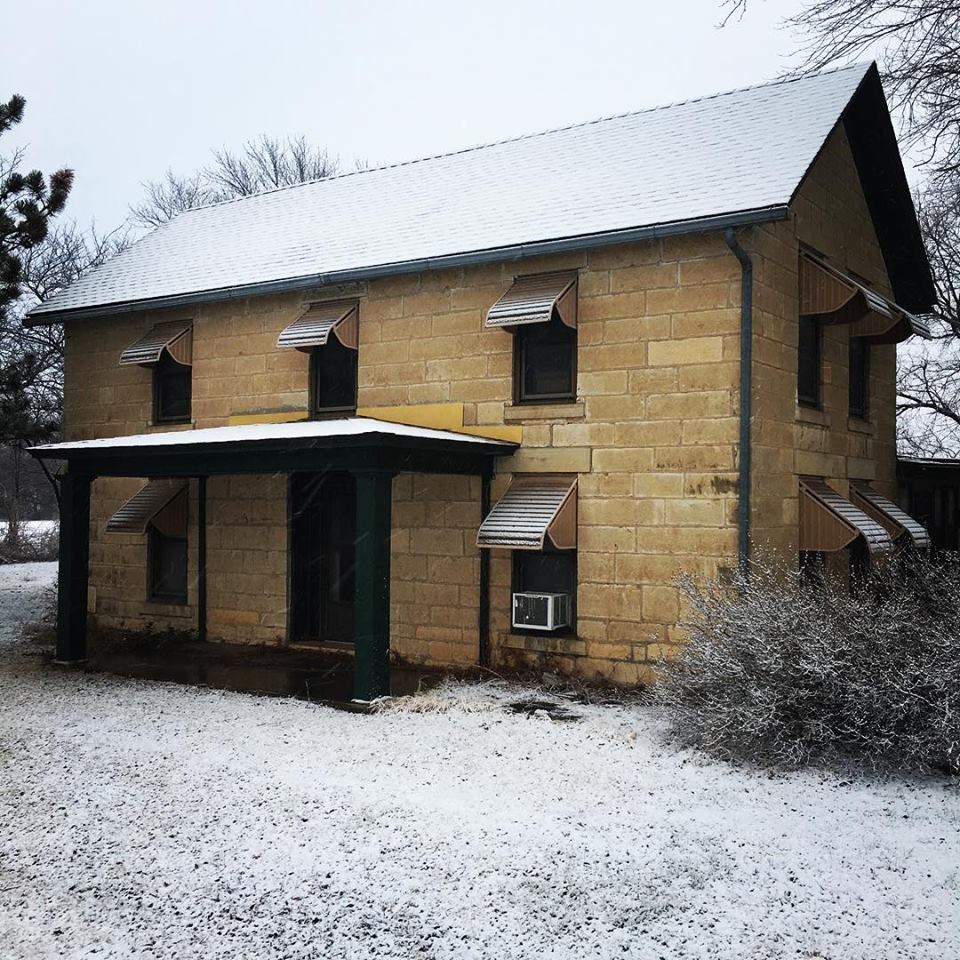Just Like the Construction of a Building – You Need a Blueprint for Your Company
If you own your business and aren’t being intentional about the organizational operation of your company, it is likely that you won’t make it past your 5th year. This is according to the Bureau of Labor Statistics https://www.bls.gov/bdm/entrepreneurship/bdm_chart3.htm. Just think about the number of businesses that you have seen come and go.
Whether you are a solopreneur or you have a team. It doesn’t matter if you have been in business for 30 years or just starting out. Regardless of the kind of work you do, the organizational plan is just as important as the work you do…maybe more.
I know in my 40 years of being in business I have learned some lessons the hard way. Let me tell you, the tuition for ‘The School of Hard Knocks’ is expensive. There were times when I got behind on taxes to pay bills and times that I got behind on bills so that I could pay taxes. Neither of these is a very good business plan. One of my SHK professors once told me, “that when you steal from Peter to pay Paul, you make Peter a Paul bearer”. If you want to avoid the need for a pallbearer for your business…you need a plan.
 It is common for people to start a business without a plan. Generally, someone has learned a trade or a craft and for whatever reason they decide to go into business on their own. Most of the time they have given little, if any, thought to business structure. They show up every day working hard and then…surprise, you owe some taxes and haven’t saved any money to pay them. They needed a plan, a blueprint for building the business.
It is common for people to start a business without a plan. Generally, someone has learned a trade or a craft and for whatever reason they decide to go into business on their own. Most of the time they have given little, if any, thought to business structure. They show up every day working hard and then…surprise, you owe some taxes and haven’t saved any money to pay them. They needed a plan, a blueprint for building the business.
Being in the construction business I see a lot of similarities in constructing a sound building and a constructing profitable business.
- Both need to start with design plans – the thing that gives you a clear direction of what you want the outcome to be.
- Both need an architect – the person that can see the vision of what the finished product will be.
- Both need a good solid foundation – the thing that will support you when the storms come.
- Both need good framework – the thing that holds everything together.
- Both need a builder – the person that reads and understands the plans and puts all the different pieces together correctly.
- Both need the proper tools – these are what allow the pieces to be shaped and fastened together in the right places in the right order.
- Both need a good team – these are the different people with the different skills and knowledge needed.
It doesn’t matter if you have been in business for years or are just starting, YOU NEED A PLAN. If you would like to minimize the time you spend attending ‘The School of Hard Knocks’, then keep following our blog. We are working on some Business Building Solutions for just this purpose.

What areas of building your business would some ‘higher education’ be helpful.



 waking up every morning and knowing there are countless possibilities and opportunities to help people build their dreams. I mean I really love my life. Is it perfect? No, not by a long shot. Are there bad days? Sure. But perfection isn’t a requirement for loving the chance to fulfill your purpose.
waking up every morning and knowing there are countless possibilities and opportunities to help people build their dreams. I mean I really love my life. Is it perfect? No, not by a long shot. Are there bad days? Sure. But perfection isn’t a requirement for loving the chance to fulfill your purpose. As a builder I really connect with God as a designer/builder. He has drawn a blueprint for each and every one of us. He has made all of those plans different. Some may be similar, but every single one is unique. It is our job to learn to read our own blueprints and start swinging the hammer and driving the nails to build who we were designed to be.
As a builder I really connect with God as a designer/builder. He has drawn a blueprint for each and every one of us. He has made all of those plans different. Some may be similar, but every single one is unique. It is our job to learn to read our own blueprints and start swinging the hammer and driving the nails to build who we were designed to be. 
 Just recently I served as a professional witness in a small claims trial between a home owner and a contractor. Both sides had valid arguments, but the whole problem could have been avoided with better communication. The project was started without any written agreement. It was destined for problems from the very beginning. The contractor didn’t get paid for some of the time they had spent working. The home owner had to hire someone else repair some work that had been poorly done. They both had to pay court costs and neither won their case. When the trial was over it cost both parties more money, more time and more heartache.
Just recently I served as a professional witness in a small claims trial between a home owner and a contractor. Both sides had valid arguments, but the whole problem could have been avoided with better communication. The project was started without any written agreement. It was destined for problems from the very beginning. The contractor didn’t get paid for some of the time they had spent working. The home owner had to hire someone else repair some work that had been poorly done. They both had to pay court costs and neither won their case. When the trial was over it cost both parties more money, more time and more heartache.




 I was involved in a situation this week that is a good example of what can happen when there is little or no communication. I was in small claims court as a witness in a double law suit between a building contractor and their customer. The contractor sued for an unpaid balance for work performed. The customer counter-sued for inadequate and poor-quality workmanship. Both parties had legitimate claims and neither party won. When everything was over they both dropped their suits. What could have, no should have, been an enjoyable and rewarding experience for both, ended as a losing situation for everyone involved. This whole mess could have been avoided had they started communicating in the beginning. There was no written agreement of any kind, just a verbal agreement with an hourly rate. This left too many unanswered questions and assumptions.
I was involved in a situation this week that is a good example of what can happen when there is little or no communication. I was in small claims court as a witness in a double law suit between a building contractor and their customer. The contractor sued for an unpaid balance for work performed. The customer counter-sued for inadequate and poor-quality workmanship. Both parties had legitimate claims and neither party won. When everything was over they both dropped their suits. What could have, no should have, been an enjoyable and rewarding experience for both, ended as a losing situation for everyone involved. This whole mess could have been avoided had they started communicating in the beginning. There was no written agreement of any kind, just a verbal agreement with an hourly rate. This left too many unanswered questions and assumptions.
 The last several years I have been working hard to figure out who exactly God has designed me to be. What are my strengths and what are my weaknesses. As I have worked through this process I have reached the conclusion that God’s intended purpose for me is helping as many people as possible find solutions for building their dreams, even when they may not know they’re looking for them.
The last several years I have been working hard to figure out who exactly God has designed me to be. What are my strengths and what are my weaknesses. As I have worked through this process I have reached the conclusion that God’s intended purpose for me is helping as many people as possible find solutions for building their dreams, even when they may not know they’re looking for them.


 I have always seen wisdom as just knowing the right things to do. Not some old sage living all alone in a cave on a mountain that has all of the answers to life’s questions. However, the more I think about it, the more I wonder if this image isn’t pretty close to what wisdom actually is like. Let’s break this down and look at it.
I have always seen wisdom as just knowing the right things to do. Not some old sage living all alone in a cave on a mountain that has all of the answers to life’s questions. However, the more I think about it, the more I wonder if this image isn’t pretty close to what wisdom actually is like. Let’s break this down and look at it.

 During my thirty-five plus years of continually working to achieve and maintain some level of control I have used a whole lot of different tools. Some were old school some high tech. To this point the best tool I have found for organizing and communicating is Microsoft OneNote. This tool is great for organizing and communicating. It does so much, so well, that I don’t need a bunch of different apps that do different things and don’t sync well across different systems and devices.
During my thirty-five plus years of continually working to achieve and maintain some level of control I have used a whole lot of different tools. Some were old school some high tech. To this point the best tool I have found for organizing and communicating is Microsoft OneNote. This tool is great for organizing and communicating. It does so much, so well, that I don’t need a bunch of different apps that do different things and don’t sync well across different systems and devices.